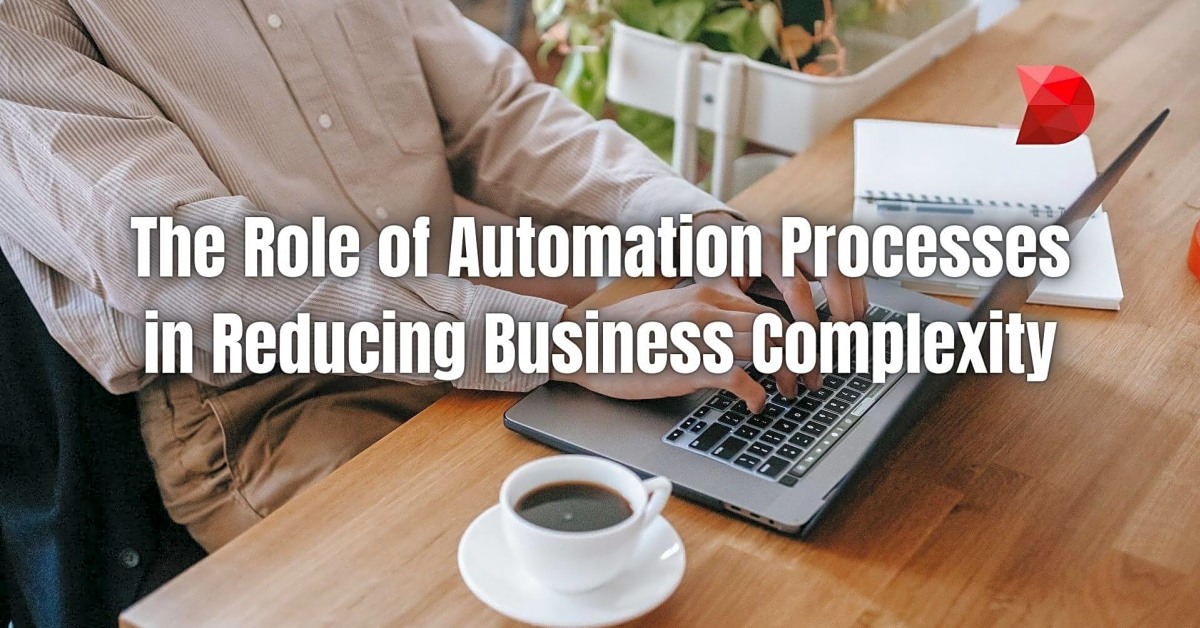In today’s fast-paced business world, time is money. That’s why companies are always looking for ways to streamline processes and reduce the need for manual labor. This is where marketing automation comes in. By automating repetitive tasks and streamlining workflows, businesses can save time, money, and resources while still achieving their marketing goals. In this article, we’ll explore the benefits of marketing automation and how it can lead to significant cost savings for your company. So if you’re tired of spending hours on manual marketing tasks, keep reading to learn how you can streamline and automate your processes with reduced need for manual labor.
In today’s fast-paced world, businesses are constantly looking for ways to streamline their processes and save time and money. One area where this is especially important is in marketing. With the rise of technology and digital marketing, manual labor is becoming less and less necessary. This is where marketing automation comes in. By automating repetitive tasks, businesses can free up their time to focus on more important aspects of their marketing strategy. In this article, we will dive into the benefits of marketing automation and how it can help you save on manual labor costs.
First, let’s define what marketing automation is. It is the use of software and technology to automate repetitive marketing tasks such as email marketing, social media posting, lead nurturing, and more. By using marketing automation, businesses can save time and reduce the need for manual labor. This is especially beneficial for small businesses or startups with limited resources.
One of the main benefits of marketing automation is that it allows businesses to reach a larger audience with less effort. With automated email campaigns and social media posts, businesses can engage with their audience on a regular basis without having to manually send each message. This not only saves time but also helps to increase brand awareness and customer loyalty.
Another advantage of marketing automation is the ability to track and analyze data. Most automation tools come with analytics features that allow businesses to track the performance of their campaigns, identify areas for improvement, and make data-driven decisions. This eliminates the need for manual data entry and analysis, saving both time and money.
Furthermore, marketing automation can also help businesses personalize their marketing efforts. With the use of customer data and behavior tracking, businesses can create targeted and personalized campaigns that resonate with their audience. This not only saves time but also leads to better results and a higher return on investment (ROI).
When it comes to tools and software for marketing automation, there are many options available in the market. Some popular ones include HubSpot, Marketo, and ActiveCampaign. Each tool offers different features and pricing plans, so it’s important to do your research and choose the one that best fits your needs and budget.
In terms of strategies for implementing marketing automation, it’s important to have a clear plan in place. This includes setting specific goals, identifying your target audience, creating engaging content, and regularly reviewing and optimizing your campaigns. It’s also helpful to seek guidance from experts or attend webinars and workshops to learn more about best practices.
For businesses that may not have the resources or expertise to implement marketing automation on their own, there are also services and solutions available. These can range from hiring a marketing agency to outsourcing specific tasks to freelancers. It’s important to weigh the costs and benefits of these options to determine what works best for your business.
In conclusion, marketing automation is a valuable tool for businesses looking to streamline their processes and save on manual labor costs. By automating repetitive tasks, tracking data, and personalizing marketing efforts, businesses can reach a larger audience with less effort and achieve better results. With a clear plan and the right tools or services, marketing automation can greatly benefit any business.
Different Tools and Software for Marketing Automation
In today’s fast-paced world, businesses are constantly looking for ways to streamline their processes and save time and money. One area where this is especially important is in marketing. With the rise of technology and digital marketing, manual labor is becoming less and less necessary. This is where marketing automation comes in. By automating repetitive tasks, businesses can free up their time to focus on more important aspects of their marketing strategy. There are many options available in the market for marketing automation tools and software, each with its own unique features and benefits. These tools range from simple email automation platforms to more comprehensive all-in-one marketing automation software. Some popular options include HubSpot, Marketo, and Pardot. These tools allow businesses to automate tasks such as email marketing, social media posting, lead generation, and more. By using these tools, businesses can reduce the need for manual labor in their marketing efforts and see significant cost savings.
Strategies for Implementing Marketing Automation Effectively
One of the key factors to successfully implementing marketing automation is having a clear plan in place. Without a plan, businesses may not fully understand the capabilities and limitations of their chosen automation tool, leading to inefficient use and potential wasted resources.
First and foremost, businesses should have a clear understanding of their goals and objectives when implementing marketing automation. This will help guide the selection of the right tool and ensure that it aligns with their overall marketing strategy.
Next, businesses should assess their current processes and identify areas where manual labor is taking up a significant amount of time and resources. These are the tasks that can be automated and will result in the most significant cost savings.
It’s also essential to involve all relevant team members in the planning process. This will ensure that everyone is on the same page and has a clear understanding of how marketing automation will be implemented and utilized within their specific roles.
Once the plan is in place, it’s crucial to regularly review and analyze the results to make any necessary adjustments. This will ensure that marketing automation continues to be effective and aligns with the changing needs of the business.
Marketing automation is an essential tool for businesses of all sizes. By reducing the need for manual labor, it allows businesses to save time and money while reaching a larger audience and achieving better results. Whether you choose to implement it on your own or seek outside help, marketing automation is a valuable investment for any business.


